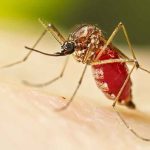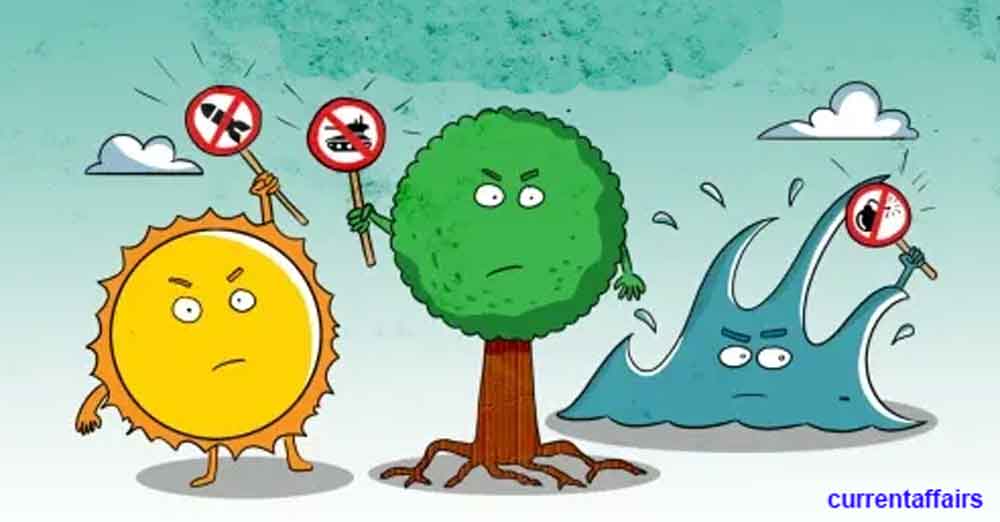
International Day for Preventing the Exploitation of the Environment in War and Armed Conflict is observed on November 6 since 2001. It is an occasion to recognize the interconnectedness of environmental sustainability, peace and safety of nations. Though humanity has always counted its war casualties in terms of dead and wounded soldiers and civilians, destroyed buildings, cities and livelihoods and the environment has often remained as the unpublished victims of war. During the war, water is polluted, crops torched, forests destroyed, soils poisoned and animals killed.
Preventing environmental exploitation in war contributes to long-term peace-building efforts. This day serves as a call to action for governments, organizations and individuals to work together to prevent exploitation of environment during the times of armed conflict.
Russia-Ukraine war has scarred their natural environment, polluting its rivers and lakes, contaminating its soil, eviscerating the forests. Populations of rare endemic and migrant species suffered great losses, birds died and changes their migration routes. Their efforts of decades-long conservation projects have been ruined. In both countries, water pollution is so serious that, 75% of surface water and 50% of all water are now polluted.
The ongoing war between Israel-Gaza, has also given a huge environment impact including shortage of drinking water. UNICEF reported that 96% of the water from Gaza’s aquifer are now unfit for human consumption and only a tenth of Gazans get direct access to safe water and children are the worst victims. The same is for Israel also with an acute environmental crises like water shortages, pollution, waste production and disposal.
United Nations Environment Programme has found that over the last 60 years, at least 40% of all internal conflicts have been linked to the exploitation of natural resources, such as oil, coal, timber, gold, diamond or scarce resources such as fertile land and water. It seems that there can never be durable peace if the natural resources that sustain livelihood and ecosystems are destroyed.
Warfare affect ecosystems, biodiversity, natural resources and human health. Conflict zones are often subject to extensive habitat destruction due to activities like bombing, shelling and military maneuvers. This can lead to the loss of valuable ecosystems and disruption of wildlife population.
The use of explosives, ammunition and chemicals can release toxic substances posing risks to both human and environmental health. Contamination of water sources is a significant concern in conflicted areas. Water bodies can become polluted, making them unsafe for drinking and agricultural use. This contamination can also have long-term health consequences.
Conflict often leads to deforestation as trees are cut down for various purposes, including fuel, construction and clearing areas for military operations. Deforestation can result in soil erosion and loss of biodiversity. In some conflict zones, illegal wildlife poaching and trafficking can increase due to a breakdown in law enforcement and governance. This puts vulnerable species at risk and threatens biodiversity.
Armed conflict can displace communities, leading to increased pressure on natural resources in host areas. Over-exploitation of resources can occur as displaced populations struggle to meet their basic needs. Landmines and unexploded ordnance left behind after conflicts can render large areas of land unusable and dangerous. These remnants pose threats to both humans and wildlife.
The carbon footprint of armed conflicts, including greenhouse gas emissions from military operations and infrastructure damage, can contribute to climate change. New technologies like chemical and nuclear weapons used for war caused more destruction to the environment with long-term consequences. In reality, healthy ecosystems and sustainably managed resources are reducing the risk of armed conflict.
The Vietnam War had significant environmental implications, due to the chemical agents which destroyed a great part of forests and wildlife. The Rwandan genocide also provoked great stress on the ecosystem and threatened natural resources of the area. The oil fires that were deliberately started during the 1991 Gulf war in Iraq have caused terrible environmental degradation and have polluted vast areas in the region.
Similar problems have been noted in the conflicted countries like the former Republic of Yugoslavia and Syria. In Afghanistan, after the war, for example, wildlife and habitats have completely disappeared including the precious native pistachio woodlands.
In Manipur, a communal crisis between Meitei-Kuki is going on since 3rd May, 2023. If the riot were happened to be during the dry season like December-January, a vast area of our forests and wildlife might have been destroyed.
A safe, clean and healthy environment is a human right. Addressing the environmental impact of armed conflict is crucial for the protection of ecosystems, human health and sustainable development. During war and armed conflict, everything is destroyed to gain short-term military advantages.
Thus, it pushes for international cooperation, to ensure that all states effectively implement the relevant international laws such as the 1977 Geneva Conventions for protection of the environment in war and armed conflict.
N. Munal Meitei
Environmentalist, email- nmunall@yahoo.in













